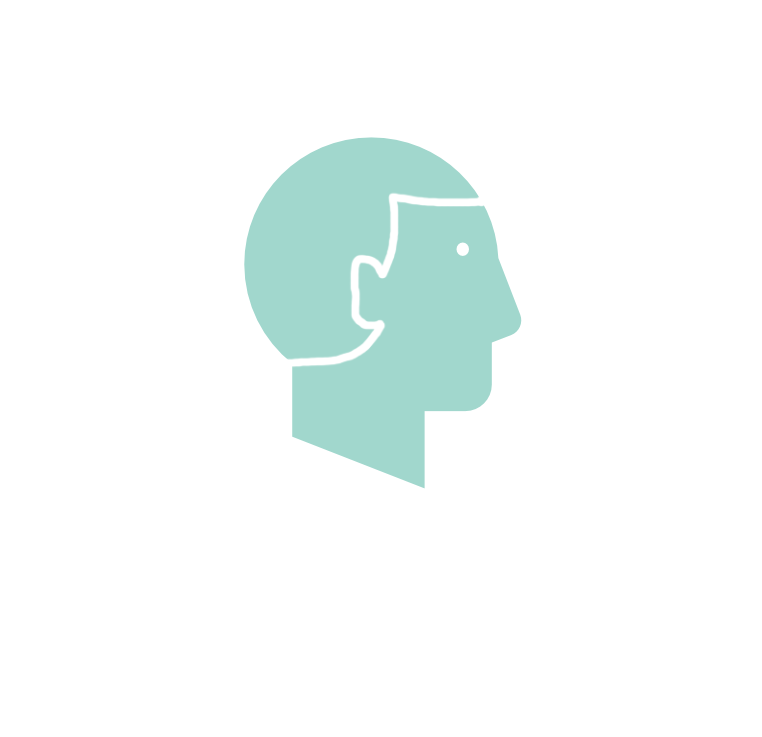The Punisher, Soundz, Chef Tone, T-Minus, as well as his previous producers Maejor Ali, Diplo, Rodney 'Darkchild' Jerkins and Sir Nolan, while collaborating with R&B and hip-hop artists and rappers, such as Future, R. Download full album justin bieber journals.

Ple to recognize micro-expressions, the micro-expression training tool was developed by Ekman aiming to train peo- ple to better recognize micro-expressions. Leveraging nearly half a century of innovative research, we combine state-of-the-art behavioral science with real world practical experience to provide unique training in the fields of deception detection, reading people, threat assessment, and cross-cultural adaptation.
Background Patients provide emotional cues during consultations which may be verbal or non-verbal. Many studies focus on patient verbal cues as predictors of physicians' ability to recognize and address patient needs but this project focused on non-verbal cues in the form of facial micro-expressions. This pilot study investigated first year medical students' (n = 75) identified as being either good or poor communicators abilities to detect emotional micro-expressions before and after training using the Micro Expression Training Tool (METT). Conclusion In conclusion, this pilot study showed there was no difference between the ability of medical undergraduate students assessed as being good communicators and those assessed as poor communicators to identify facial micro-expressions. But, the study did highlight that those students demonstrating good general clinical communication benefited from the training aspect of the METT, whereas low performing students did not gain. Why this should be the case is not clear and further investigation should be carried out to determine why lowest quartile students did not benefit. Emotions, and their recognition in those we communicate with make it possible to behave flexibly in different situation as we regulate our social interactions[ ].

One interaction where emotions are frequently shown by participants is the doctor-patient consultation. In his article 'Emotions revealed: recognising facial expressions' Paul Ekman states that recognising facial expressions, including the less obvious facial micro-expressions of patients may be useful to a doctor in their interactions [ ]. Being able to perceive facial expressions accurately may aid in interpreting how much pain a patient is experiencing. In one study which interviewed Certified Nursing Assistants in an American care home one method the nursing assistants used to gauge the pain level in cognitively impaired residents was their facial expressions[ ].
A further use would be to pick up clues to the patients emotional state. Archinard studied the behavioural responses of a doctor when interviewing patients who had attempted suicide[ ]. Although the doctor appeared to pick up on facial expression cues from the patients to distinguish between those who would re-attempt suicide, as they behaved differently towards such patients; they were unable to use this information consciously to assign those patients as being at risk of re-attempting suicide. That is, although the doctor could discriminate and behave differently towards individuals who would repeatedly attempt suicide and those would not repeat, this information was not, or could not, be utilised when clinical decisions were made. Emotional cues may be verbal or non-verbal[ ]. Levinson et al found that responding to emotions expressed verbally by patients may result in shorter consultations[ ], but the same study found that physicians responded positively to patients' verbal emotional cues in only 38% of surgery cases and 21% of primary care cases.
Shablon sertifikata ob okonchanii kursov. Similar results were noted in oncologists in response to verbal cues from cancer patients, where only 28% of emotional cues were responded to appropriately[ ]. Another study noted that cues were most likely to be missed by doctors if they did not directly state the emotional impact on the patient[ ].
If a verbal message is ambiguous non-verbal behaviour, such as facial expression may elucidate what is meant[, ]. There is mounting literature to suggest that a patient-centred model of care, whereby physicians address patients' emotional concerns and biomedical conditions should be adopted[ ] and that such a positive interaction between doctors and patient is important for patient outcomes[ ]. It is difficult to address emotional concerns if these are not recognised by doctors. Therefore the recognition of emotions in patients, using verbal or non-verbal cues is one of the important skills which can aid doctors in creating patient centred communications. Difficulties in communicating with patients have been shown in several studies to relate to complaints against doctors. For example, in a longitudinal study, Tamblyn et al. [ ] reported that nearly one in five physicians had a retained complaint filed with the medical authorities in the first 2 to 12 years of practice, and physicians who scored in the lowest quartile of their Clinical Skills Exam (CSE) were at significantly greater risk of complaints than those in higher quartiles.